Note – Mission 15 to ISS included only 5 communities due to the Covid-19 health emergency.
The National Center for Earth and Space Science Education (NCESSE), and Arthur C. Clarke Institute for Space Education, are proud to introduce the National Step 2 Review Board for SSEP Mission 15 to the International Space Station (ISS). On December 11, 2020, the Board met via Zoom to review 15 finalist proposals for student flight experiments submitted from across the network of 5 communities participating in SSEP Mission 15 to ISS. Listed below are the 8 Board Members—scientists, engineers, and science educators from academia, federal agencies, commercial entities, and national science education non-profits.
For Mission 15 to ISS, a total of 1,719 grade 5-12 students were formally engaged in designing microgravity experiments suitable for flight aboard ISS. At the conclusion of the 9-week experiment design phase, a total of 485 proposals were submitted by student teams, and 106 proposals were forwarded for review by SSEP Step 1 Review Boards in the communities.
For Step 2 review, the Board Members were divided into 2 teams, each comprised of both researchers and science educators, and each team responsible for review of proposals from two to three SSEP communities. Board Members selected 5 flight experiments, one for each of 5 communities. The Board Members spent a great deal of time providing thoughtful comments for all 15 proposals, which were forwarded to the proposing student teams by NCESSE. The review went well beyond what is typical of reviews for professional research proposals given the deep recognition that the review process, and the comments back, were critically important teachable moments for the student researchers that worked so hard on their proposals. Through SSEP, we want to immerse students in real science. The review process is very much a part of real science, and that process therefore needs to be transparent and a learning experience.
NCESSE reviewed all comments from the Step 2 Review Board to assess if there were any outstanding questions that needed to be addressed by the selected student flight teams, and by December 18, 2020, NCESSE formally notified each community of their selected flight experiments.
You are invited to explore the selected flight experiments and honorable mention finalist experiments for Mission 15 to ISS.
A Note to All Mission 15 Student Research Teams
To the thousands of students that participated in SSEP Mission 15 to ISS, regardless of whether your proposal was selected for flight, and regardless of whether it formally went before a Review Board, it is important to recognize the endeavor in which you’ve been engaged – real science. This is how real research proceeds from opportunity, to defining a proposed research program, to submission of a proposal, to formal proposal review and selection. In the professional world, comments back from the Review Board allow a team to rethink and refine their proposed research, so they can submit a better proposal for the next opportunity. We have indeed had SSEP student teams that did not get selected for spaceflight the first time, but did get selected with a refined proposal as part of their community’s next flight opportunity.
Reflect on the overall experience, and recognize that you and your team owned this process – you came up with a microgravity experiment of interest to you, and designed it to fly in a research mini-lab that has a very real set of constraints on its operation. So get excited about what you’ve achieved, and get excited about science, technology, engineering, and mathematics (STEM). We challenge you to seek out new opportunities in STEM where you can be curious and take ownership … in the journey.
Finally, recognize that YOUR COMMUNITY now has an experiment destined for the International Space Station, that you are part of this historic adventure, and now you and your community can rally around your flight experiment and root for its success.
The SSEP National Step 2 Review Board for Mission 15 to ISS—
1. Dr. Michelle Brooks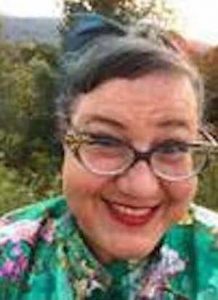
Adjunct Staff Member, National Center for Earth and Space Science Education
Senior Management, Office of Professional Training
American Chemical Society
Michelle Brooks is a Senior Manager at the American Chemical Society where she manages the ACS Approval Program for undergraduate chemistry departments. Michelle received her Bachelor’s degree in biochemistry from Eastern Michigan University and her Ph.D. in biophysical chemistry from Michigan State University where she studied the molecular orbital structure of radicals involved in photosynthetic processes by using electron magnetic resonance spectroscopy. As an NIH postdoctoral fellow at Columbia University, she studied chemically induced dynamic polarization by using solid state NMR. Michelle started her scientific career in academia, where she taught students to love pchem, but when an opportunity to develop and manage a graduate program in biology arose, she moved to administration and eventually found her way back to undergraduate education and chemistry at the ACS. As an administrator and manager, her passions lie in developing processes, creating assessment tools, and finding new ways to accomplish old tasks.
2. Mr. Mike Hulslander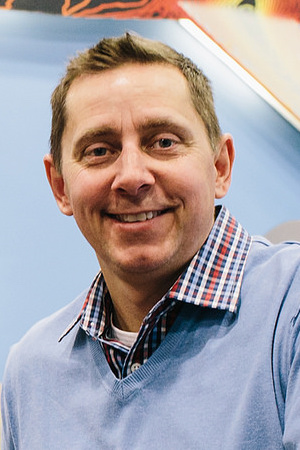
Adjunct Space Science Educator, National Center for Earth and Space Science Education
Manager of Onsite Learning, Smithsonian National Air and Space Museum
Mike is responsible for STEM education in the Museum’s How Things Fly gallery, which teaches visitors about the science of flight. Mike is also very involved in exhibition development at the Museum. Mike has worked in museums and zoos for more than 28 years, researching, writing, presenting and evaluating STEM programs for school groups, educators, families, and the general public.
3. Dr. Jeff Leips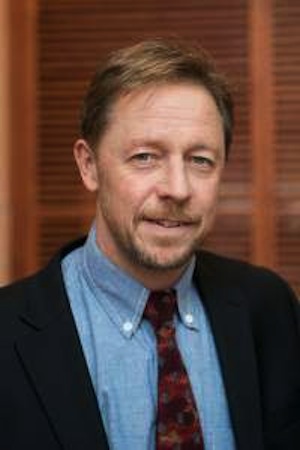
Adjunct Staff Member, National Center for Earth and Space Science Education
Professor, Department of Biological Sciences
University of Maryland Baltimore County
Our research is focused on understanding the genetic basis of natural variation in life history traits using the fruit fly, Drosophila melanogaster, as a model organism. We are particularly interested in identifying genes that control age-specific changes in traits that directly contribute to senescence and ultimately limit life span. These traits include age-specific reproduction, immune response and energy storage. We are also actively studying the ecology of natural populations of Drosophila to identify the agents of selection acting on genes controlling these traits. Our goal is to combine knowledge of the natural history of this species with an understanding of the genetic architecture of these traits to help explain the maintenance of genetic variation in age-related changes in fitness in natural populations. For more information on our research follow this link: Leips Lab
4. Dr. Tim Livengood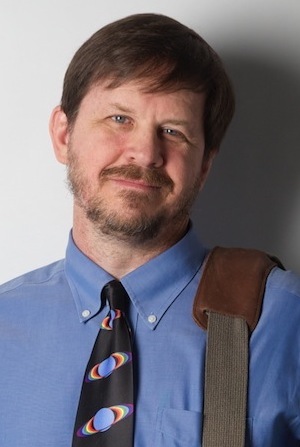
Adjunct Space Science Researcher, National Center for Earth and Space Science Education (NCESSE)
Research Scientist, University of Maryland Department of Astronomy
Dr. Tim Livengood is a senior advisor to SSEP and adjunct research scientist with the National Center for Earth and Space Science Education. He is a research scientist with the University of Maryland Department of Astronomy and works at NASA’s Goddard Space Flight Center. Tim has been a presenter and team leader for the Center’s public and school programs and has visited hundreds of classrooms. His current research uses a neutron-detecting instrument on the Lunar Reconnaissance Orbiter to measure deposits of water on the Moon, and uses infrared spectroscopy from telescopes on Earth to measure composition, temperature, and wind velocity in the atmospheres of other planets.
5. Dr. Daniel Serrano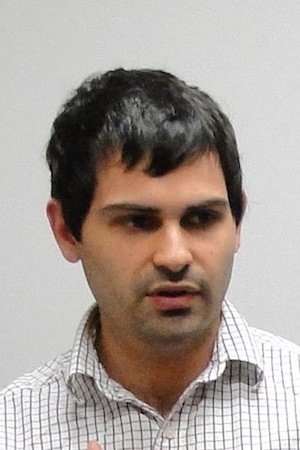
Adjunct Staff Member, National Center for Earth and Space Science Education
Senior Faculty Specialist, Institute for Research in Electronics and Applied Physics (IREAP)
University of Maryland
Daniel Serrano is a Faculty Specialist at the University of Maryland College Park (UMCP) Institute for Research in Electronics and Applied Physics (IREAP), where he works in program administration, grant proposal advising/mentoring, and science outreach initiatives. He completed a B.S. in Biochemistry at Virginia Tech and an M.S. in Cell Biology and Molecular Genetics (CBMG) at UMCP. During his PhD work in the Biological Sciences program at UMCP, Daniel studied the optimization of targeted therapeutic delivery using nanocarriers and also the interactions between blood clots, blood cells, and the walls of blood vessels. In his current role at UMCP, Daniel works with the Cell Biology and Molecular Genetics (CBMG) Department to organize a University System of Maryland SSEP community. He has been Community Program Director in USM’s Mission 10, 11 and 12 to ISS.
6. Dr. Michelle Starz-Gaiano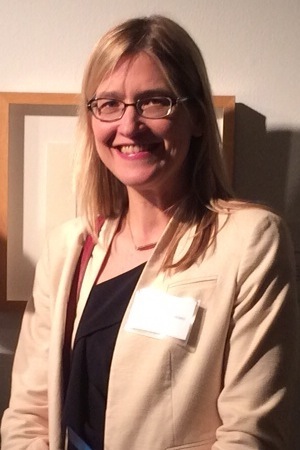
Adjunct Staff Member, National Center for Earth and Space Science Education
Associate Professor, Department of Biological Sciences
University of Maryland Baltimore County
Dr. Starz-Gaiano investigates the genetic control of animal development. In particular, her studies focus on understanding how cells adopt different identities and move through complex environments. She uses the vast genetic tools developed in fruit flies to identify new molecules involved in these processes. Interestingly, many of the same genes that regulate development in flies are required in the development of other animals, including humans. Currently, much of the work from her research group focuses on the regulation of the Janus Kinase and STAT molecular signaling pathway. Dr. Starz-Gaiano earned a bachelor’s degree from MIT, a PhD from NYU, and completed postdoctoral work at Johns Hopkins Medical School before starting at UMBC in 2008.
7. Alex Theos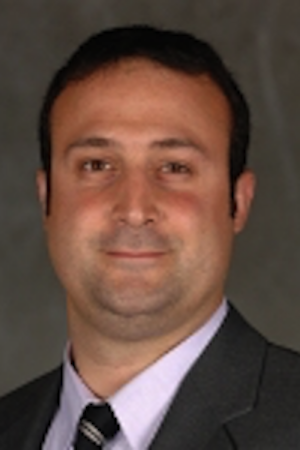
Adjunct Staff Member, National Center for Earth and Space Science Education
Associate Professor
Georgetown University
Alex Theos is an Associate Professor at the Department of Human Science in the School of Nursing And Health Studies at Georgetown University. His research interests include the biogenesis of specialized organelles, focusing on the intracellular membrane trafficking pathways. Currently, his research lab is working to understanding the cell biology of the GPNMB protein, which is associated with diverse pathologies including melanoma and pigmentary glaucoma.
8. Dr. Kol Zarember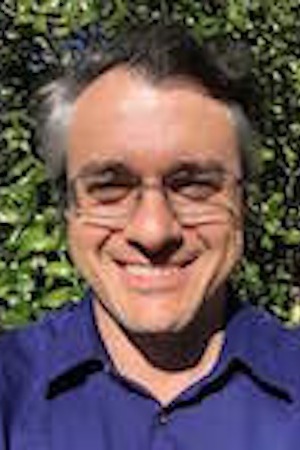
Adjunct Staff Member, National Center for Earth and Space Science Education
National Institute for Allergy and Infectious Diseases
National Institutes of Health
Kol Zarember obtained his PhD from the New York University School of Medicine and performed postdoctoral research at Genentech, Inc. before moving to the National Institutes of Health. Dr. Zarember is currently the Scientific Operations Manager of the Laboratory of Clinical Immunology and Microbiology and his research interests focus on the recognition of microbes by the human immune system and on how the innate immune system counters invasion by pathogens. Through studying patients with various rare genetic alterations in immunity, he works to better understand how neutrophils, the most abundant white blood cell in the circulation, prevent infections and contribute to other aspects of inflammation and human biology including atherosclerosis.
